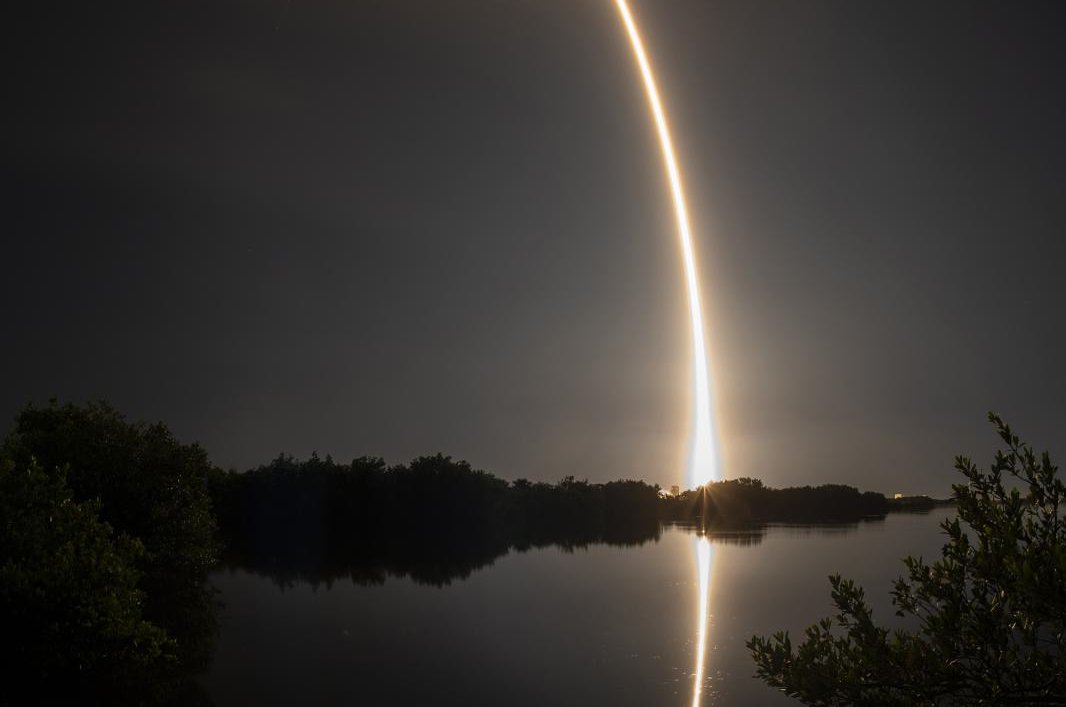Sept. 24 (UPI) — SpaceX sent 22 satellites into low-Earth orbit late Saturday in their Starlink “constellation,” coinciding with the Federal Aviation Administration’s proposition of a rule aimed at minimizing space debris resulting from commercial flights.
A Falcon 9 rocket launched the satellites from Cape Canaveral Space Force Station’s Space Launch Complex 40 in Florida.
Approximately eight minutes later, the first stage booster successfully landed on a barge in the ocean named Just Read The Instructions.
“This mission marked the 17th flight for the first stage booster, which had previously supported various missions such as GPS III-3, Turksat 5A, Transporter-2, Intelsat G-33/G-34, Transporter-6, and 12 Starlink missions,” SpaceX stated in a press release.
The launch took place shortly after the FAA announced their proposal for a rule to curb the growth of orbital debris caused by commercial space flights.
In their statement, the FAA mentioned that limiting debris would “mitigate the risk of collisions with spacecraft and satellites, thus promoting a sustainable space environment.”
The proposed rule would require companies like SpaceX to dispose of the upper stages of their rockets through one of five methods.
Companies would be mandated to either conduct controlled entry, move the upper stage to a less congested storage or graveyard orbit, send the upper stage on an Earth-escape orbit, remove the upper stage debris within five years using active debris removal techniques, or perform uncontrolled atmospheric disposal.
“By strictly regulating the uncontrolled reentry of upper stages, the FAA aims to reduce the risk to people on the ground and in-flight due to their significant size and mass, as well as the uncertainty of their landing location,” the FAA added.
If adopted, the rule would require companies to adhere to orbital debris mitigation practices aligned with those followed by the U.S. government for its space missions. The proposed rule will be published in the federal register, triggering a 90-day period for public comments.
According to the FAA, there are estimated to be over 23,000 orbital objects larger than four inches as of July.
Last year, the Australian Space Agency confirmed that debris found in the Snowy Mountains belonged to a spacecraft manufactured by SpaceX, as reported by The Guardian. In a separate incident, an uncrewed rocket exploded in April, resulting in debris falling onto Port Isabel, a nearby city.



